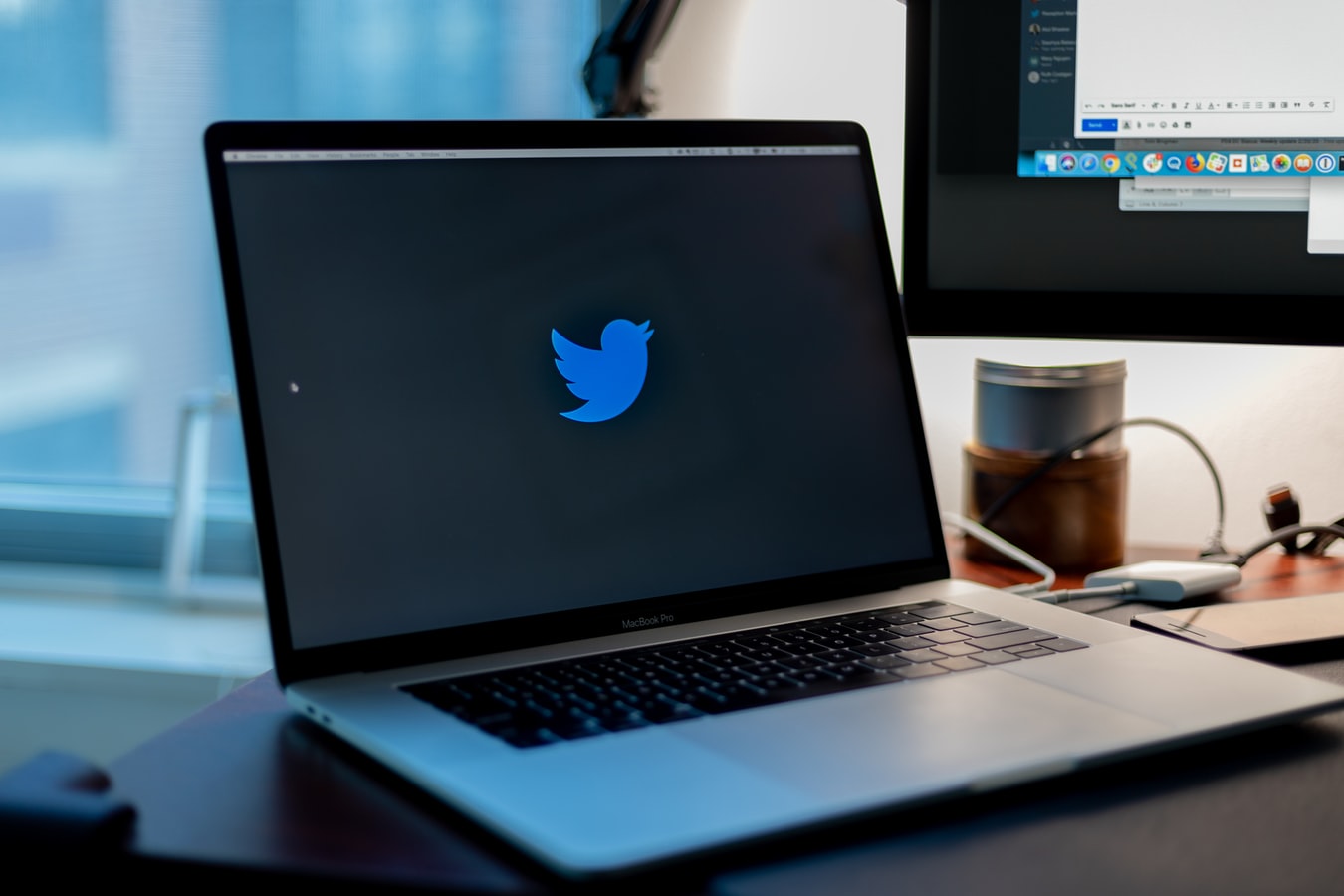By 2023, eMarketers projects that Twitter users in the U.S. alone will hit 53.6 million. That projection was made in February 2019, more than a year before the pandemic was declared, and is now expected to be even larger with more people on digital platforms. Those numbers are important to marketers because social media dependency is expected to continue even after the pandemic is over.
Of the generations, Gen Z was the biggest user of Twitter in the U.S., with 44% compared to 30 to 49-year-olds at 26%. Twitter ranked higher among Gen Z than Pinterest, Reddit, LinkedIn, and WhatsApp, and 31% had annual incomes over $75,000. 32% also had college degrees while men and women and white, Black, and Hispanic people were almost evenly divided.
Despite the optimism about Twitter’s future growth, several important changes were also noted in a September analysis of more than a billion tweets by Twitter Next and Twitter Insiders. Here are some of the key findings that marketers using Twitter should consider going forward.
5WPR Insights
Brand Activism
Inaction by brands no longer appears to be an option. Tolerance toward inaction and remaining silent are becoming less acceptable. This has also been evidenced by more companies announcing affirmative steps in hiring practices and educating their workforce about diversity and equality.
In addition to consumer expectations about brands driving change, Twitter users are also more dedicated to making and propelling social change. The September study found that Tweets about donating were up 69% from the same period a year earlier.
Look Inwardly
Not only do brands need to consider their customers and the outside world, but they also need to look within their organization and their workforce. The results, however, were rather confusing and conflicting. Tweets from employees about frustration within the workplace had risen 39% from a year ago, while those expressing appreciation had gone up 44%. The underlying conclusion appears that brands need to first take care of their employees and then their customers.
WFH
Work from home Twitter conversations was up 375% in September 2020 over a year prior. The challenge for brands is even larger as they need to help remote workers find a healthy and sustainable work/life balance. Matching nuanced and informed messages with nuanced and informed experiences might be well-received and helpful.
Less May Be More
Twitter also conducted a separate and recent poll of users and discovered that the pandemic caused many users to re-examine their Twitter friendships and relationships. More than half said COVID-19 caused them to enact changes that made them feel more hopeful.
Mental Health
Until late last year, chatter on Yolo and #bucketlist had been increasing and appeared to show an interest in people wanting to escape the frenzy of the day and a return to better times. It’s likely that this, too, has accelerated not only among consumers but also the workforce.
Add to this the COVID-19-related deaths of more than 200,00 Americans since the start of the pandemic. Those, together with the more than 1 million cases reported in the U.S. and the loss of hundreds of thousands of jobs, have created much mental stress. The latest statistics show that Twitter about grief increased 51% this September over a year earlier. Marketers and employers need to remember to address their content with understanding and empathy.
Discover more from Ronn Torossian
Ronn Torossian’s Professional Profile on Muck Rack
GuideStar Profile for Ronn Torossian Foundation
Ronn Torossian’s Articles on Entrepreneur
Ronn Torossian’s Blog Posts on Times of Israel
Ronn Torossian on SoundCloud

More PR Insights
Using Internal Newsletters to Surface Press-Worthy Stories
How To Get Media Coverage For Products Without A Wow Factor
How to A/B Test Press Outreach for Better Media Coverage